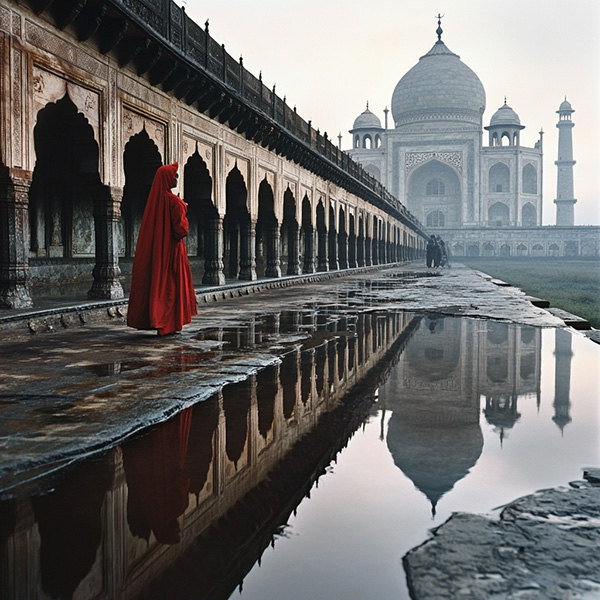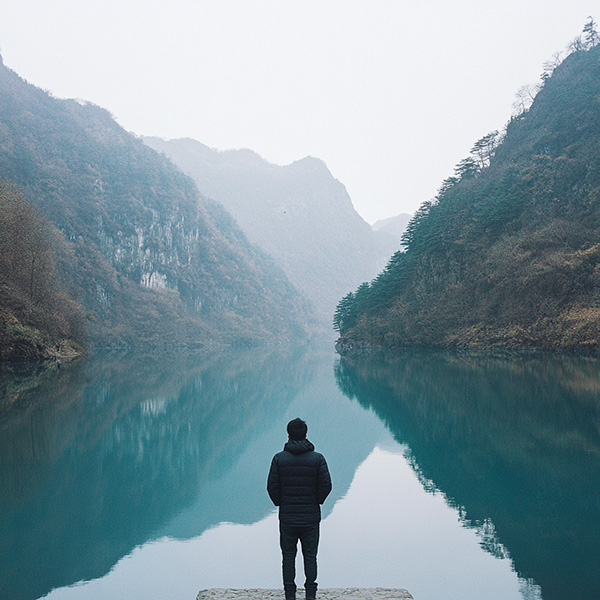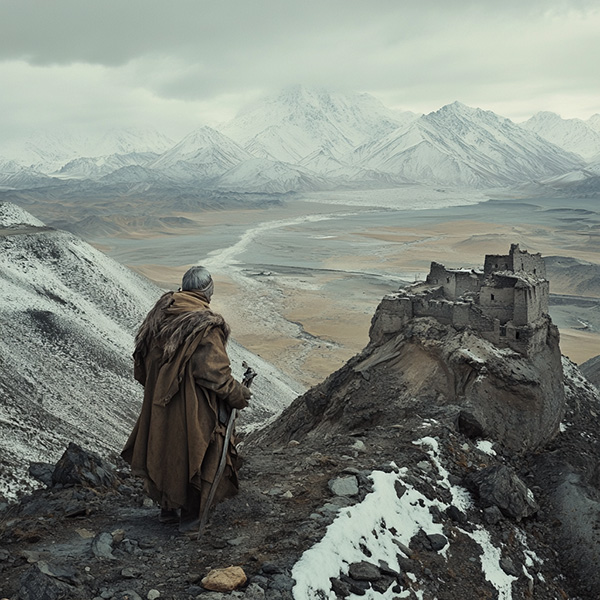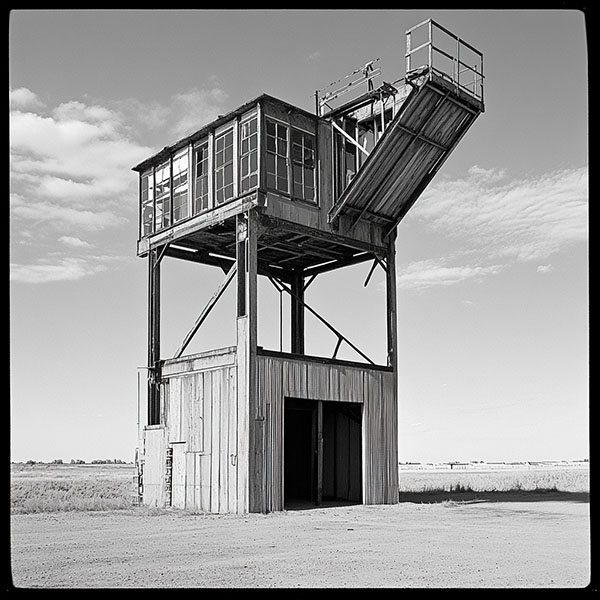Travel Photography: Art Beyond the Postcard
Is travel photography just for tourists? A collection of pretty postcards and snapshots? Or can it be more—something meaningful, timeless, even artistic?
Travel Photography as Art
Travel photography has long been seen as a tool for documentation: capturing landscapes, architecture, street life, and cultural moments during a journey. But when approached with intention, it transforms into art. Framing, light, mood, storytelling—these are the ingredients that elevate an image from a simple travel record to a visual narrative.
Just like painting or sculpture, photography can express ideas, emotions, and aesthetic beauty. Travel photography, in particular, invites the viewer to see the world through another person’s eyes—an invitation to wander, to understand, to feel.
More Than Just for Tourists
Of course, tourists take photos. But travel photography as an art form demands more. It’s about slowing down. Observing. Looking for depth beyond the surface. A tourist might shoot a landmark; an artist waits for the right light, an interesting shadow, or an authentic moment unfolding nearby.
Artistic travel photography connects us to people, cultures, and places in a personal way. It asks questions. It sparks wonder. And often, it challenges clichés.


A Brief History of Travel Photography
Travel photography began in the 19th century, when explorers and photographers used bulky cameras to capture faraway lands. These early images weren’t just souvenirs—they shaped public perception of distant cultures and the exotic “other.”
One of the pioneers was Francis Frith, a British photographer who documented the Middle East and Egypt in the 1850s. His images were both documentary and romantic in tone, often composed with an eye for drama and grandeur.
Later, Felice Beato traveled across Asia, photographing Japan, China, and India in the 1860s. He didn’t just shoot architecture—he captured people and their environments with striking intimacy.
In the 20th century, photographers like Steve McCurry turned travel photography into iconic art. His famous Afghan Girlportrait is more than a travel image—it’s a global symbol of resilience. Sebastião Salgado, though primarily a documentary photographer, brings an artistic depth to his travels, capturing the human condition across continents with haunting beauty.


What Makes Travel Photography Artistic and Original?
Artistic travel photography goes beyond aesthetics. Here’s what can make it stand out:
- Storytelling – Great travel images tell a story or provoke questions. A quiet alley, a pair of eyes, a weathered hand—these details speak volumes.
- Authenticity – Real moments, not staged ones, draw viewers in. There’s emotion in imperfection.
- Perspective – Showing a place from an unusual angle, or focusing on overlooked details, brings freshness.
- Cultural Sensitivity – Respectful representation of people and traditions is essential. It’s not just what you shoot, but how.
- Light and Composition – Like all great photography, the use of natural light, shadows, lines, and balance is crucial.
- Mood – The best travel photos often have an emotional undertone—mystery, nostalgia, joy, solitude.
Inspiration for Today
Modern travel photographers like Jimmy Nelson, Reuben Wu, and Emily Garthwaite push the boundaries with their storytelling, use of light, and dedication to cultural depth. Wu, for example, blends landscape with surreal light painting, while Garthwaite’s photojournalistic approach highlights untold human stories.
Final Thought
Travel photography is more than beautiful destinations. It’s about how you see the world and what you choose to say with your images. Whether you’re a traveler, a photographer, or both—remember: your lens can create art that moves, questions, and connects



